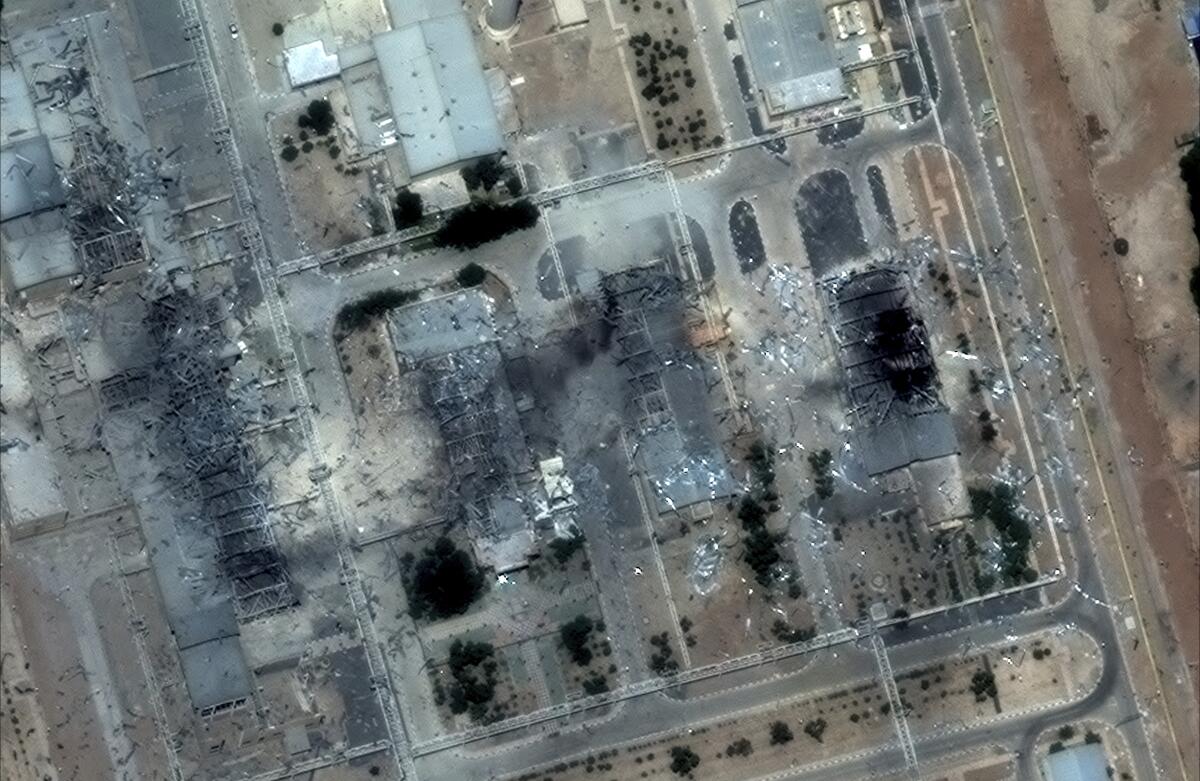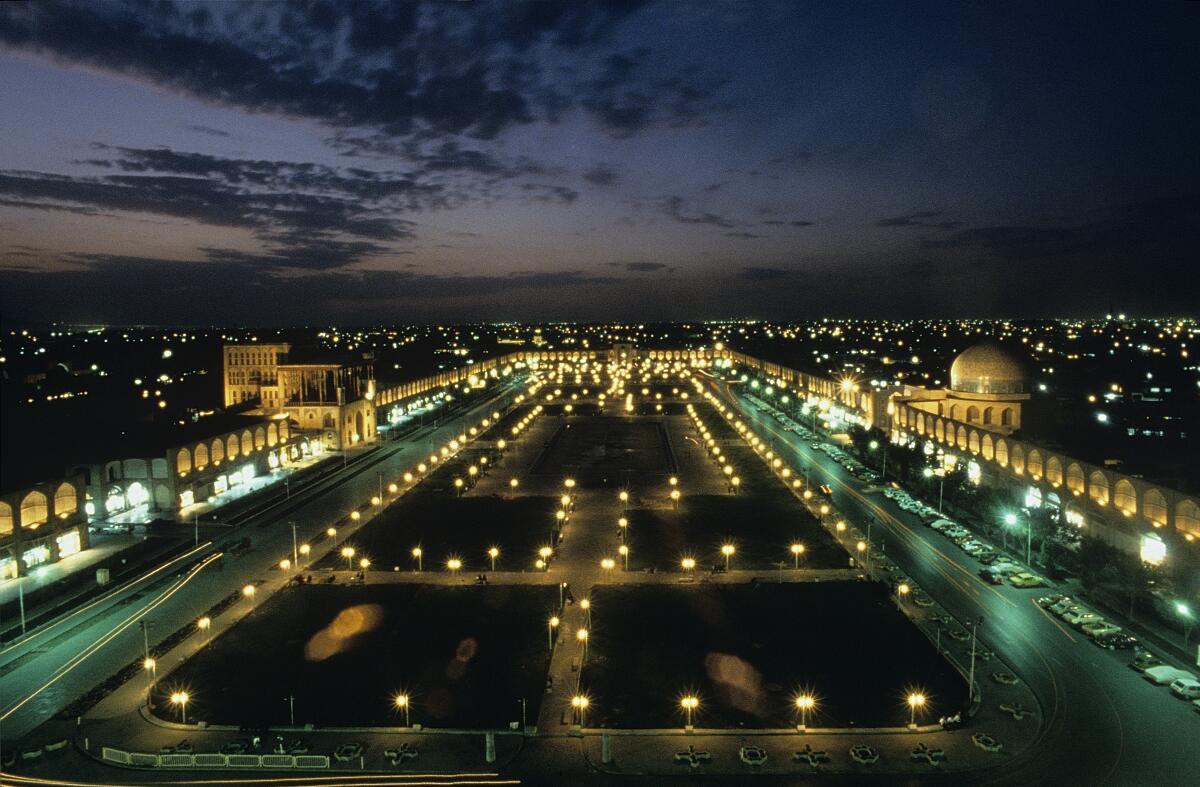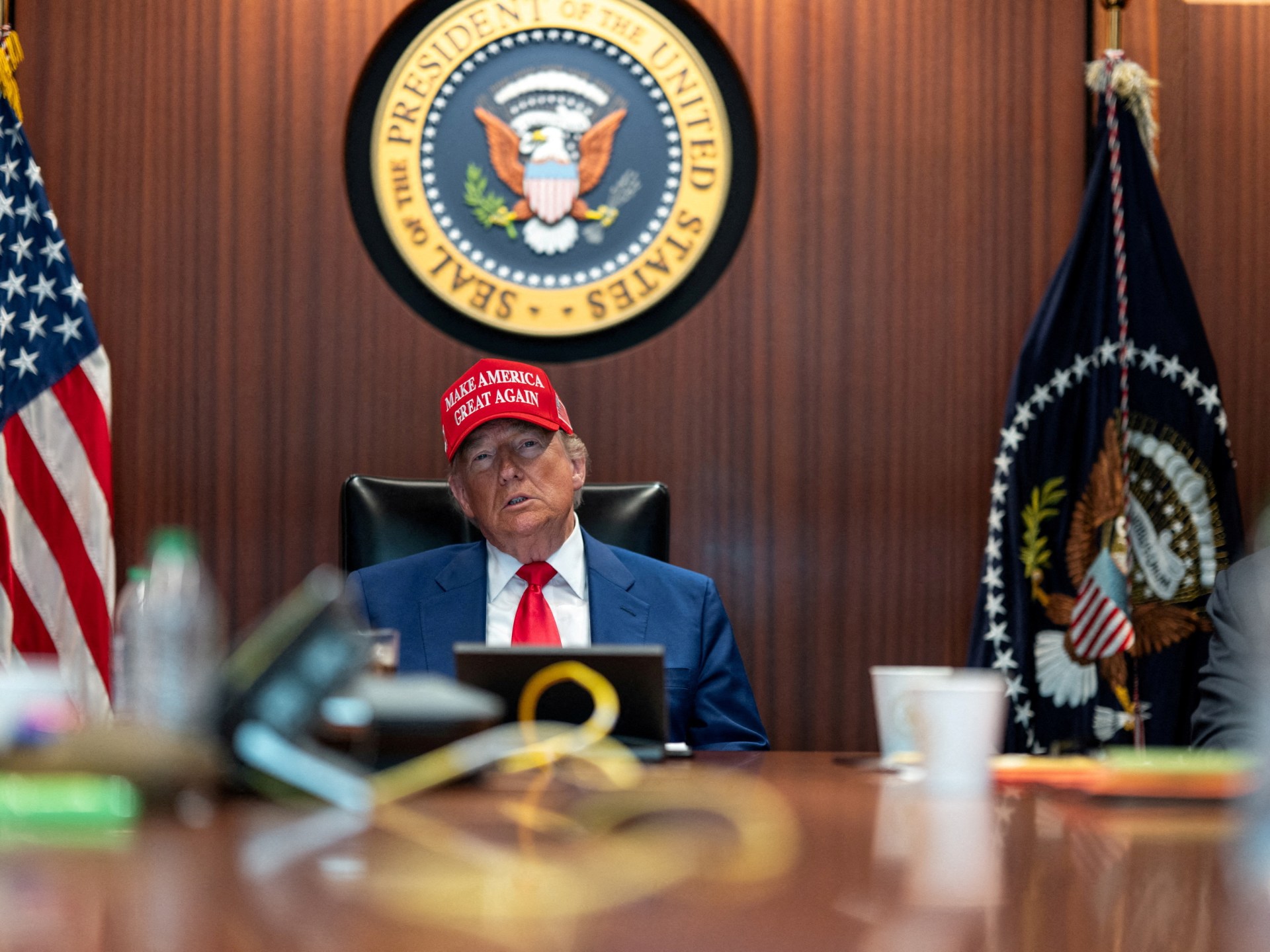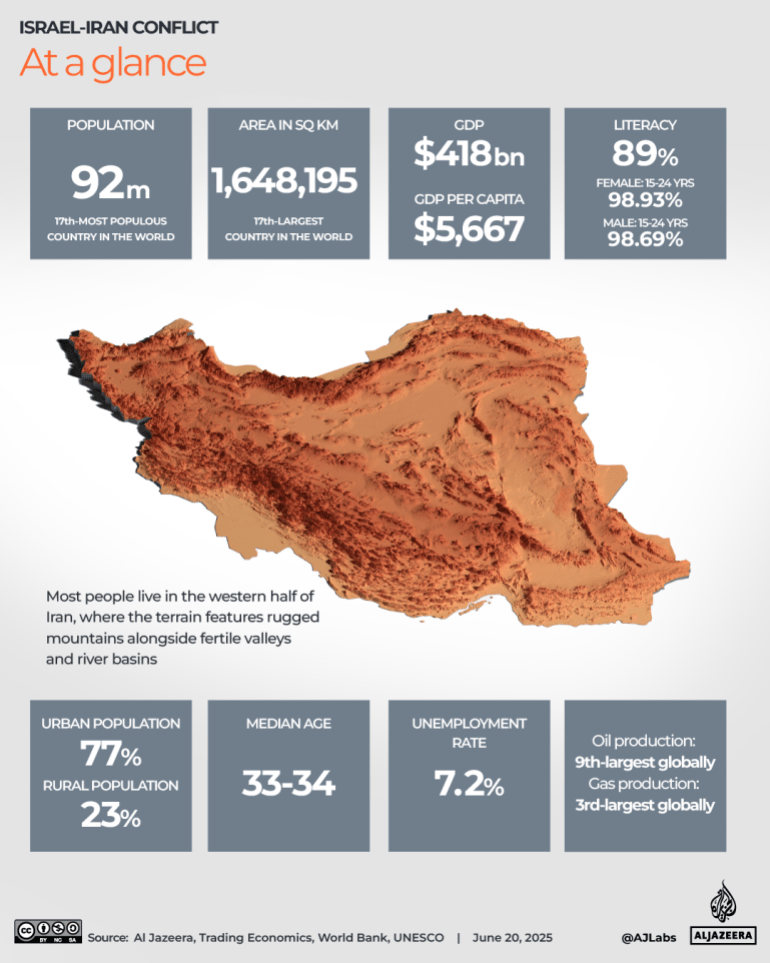Bombing in Iran sparks concern for historic Isfahan architecture
While military strategists scramble to learn the damage done by U.S. bombs and missiles in Iran, many scholars and Iranian Americans are wondering what this means for the people and architectural treasures of Isfahan.
The Isfahan area, which includes one of the three Iranian nuclear sites that the U.S. targeted Saturday, is also home to one of the country’s most historic cities, full of landmarks from Persia’s years as a regional power in the 17th century.
Isfahan “is thought of as a sort of treasure, like a vestige of a different Iran,” said Jasmin Darznik, who spent part of her childhood in Iran before becoming a novelist and chair of the MFA writing program at California College of the Arts in San Francisco. “I think people have a very special feeling about the place.”
The city’s architecture includes intricately tiled mosques, several stately bridges and a sprawling square that has been named a UNESCO World Heritage Site. American and Israeli military leaders focus on the nuclear complex 14 miles east of Isfahan and the 2.2 million people in the city, but the list of cultural assets there is also long.
A UNESCO report recently noted that the region’s 17th-century leaders “established colourful tiling as the most salient characteristic of Iranian architecture, and this decorative style reached its zenith in Isfahan.”
Among the landmarks:

Naqsh-e Jahan Square is the second-largest public square in the world, surpassed only by Tiananmen Square in Beijing.
(Kaveh Kazemi / Getty Images)
Naqsh-e Jahan Square, also known as Shah Square and Imam Square, was laid out between 1598 and 1629, its broad central area surrounded by mosques, palaces and the Isfahan Bazaar. The open space is about 1,800 feet long and about 520 feet wide, which appears to make it the second-largest public square in the world, surpassed only by Tiananmen Square in Beijing.
The Masjed-e Jāmé, also known as the Jāmé Mosque or Great Mosque of Isfahan, was designated a UNESCO World Heritage Site in 2012. It goes back to the year 841, its grounds showing how Islamic architecture has evolved over 12 centuries. It is the oldest Friday (congregational) mosque in Iran.
The Si-o-Se Pol Bridge, also known as the Bridge of 33 Arches, was begun in 1599 and completed in 1602. Illuminated by night, it harbors tea houses on its lower deck and has served as a gathering spot for generations. At 977 feet long, it is the largest of 11 historic bridges spanning the Zayandeh River.

Khaju Bridge is often billed as the most beautiful bridge in Isfahan.
(Rasoul Shojaei / IRNA / AFP via Getty Images)
Khaju Bridge is younger and shorter than the Si-o-Se Pol Bridge but is often billed as the most beautiful bridge in Isfahan. It was built around 1650 and made of stone and bricks with tile work above its arches. It is about 449 feet long.
As the U.S. stepped into the war between Israel and Iran, U.S. military authorities told the New York Times they targeted Iranian sites in Fordo and Natanz with “bunker-buster” bombs and Isfahan with missiles from a submarine. As of noon Sunday, CNN reported 18 destroyed or damaged structures at the Isfahan nuclear complex outside the city, which was built in 1984 and is thought to employ 3,000 scientists, making it Iran’s largest nuclear research complex.

This satellite image shows the Isfahan nuclear facility in Iran after U.S. strikes.
(Maxar Technologies / Associated Press)
There were no reports of damage or casualties in central Isfahan.
Much of the city goes back to the Safavid dynasty, which lasted unbroken from 1501 to 1722. During the dynasty’s peak years, the Safavids held power over what is now Iran, Azerbaijan, Bahrain and Armenia, along with parts of Georgia, Russia, Iraq, Kuwait, Afghanistan, Türkiye and other countries.
The leader during many of those peak years was King Abbas I, also known as Abbas the Great, who assumed power at age 16, ruled from 1587 to 1629, chose Isfahan as his empire’s capital and effectively rerouted the Silk Road to include the city. While Shakespeare was writing plays in England and Caravaggio was painting in Italy, Isfahan’s landmarks were taking shape and, thanks to the Silk Road trade, Persian rugs began showing up in the homes of wealthy Europeans.
Toward the end of his tenure, nervous about succession, Abbas I had one of his sons killed and two blinded. Still, the family dynasty continued for another century. Once the dynasty fell, Isfahan lost its status as Persia’s capital but retained its reputation for beauty.



